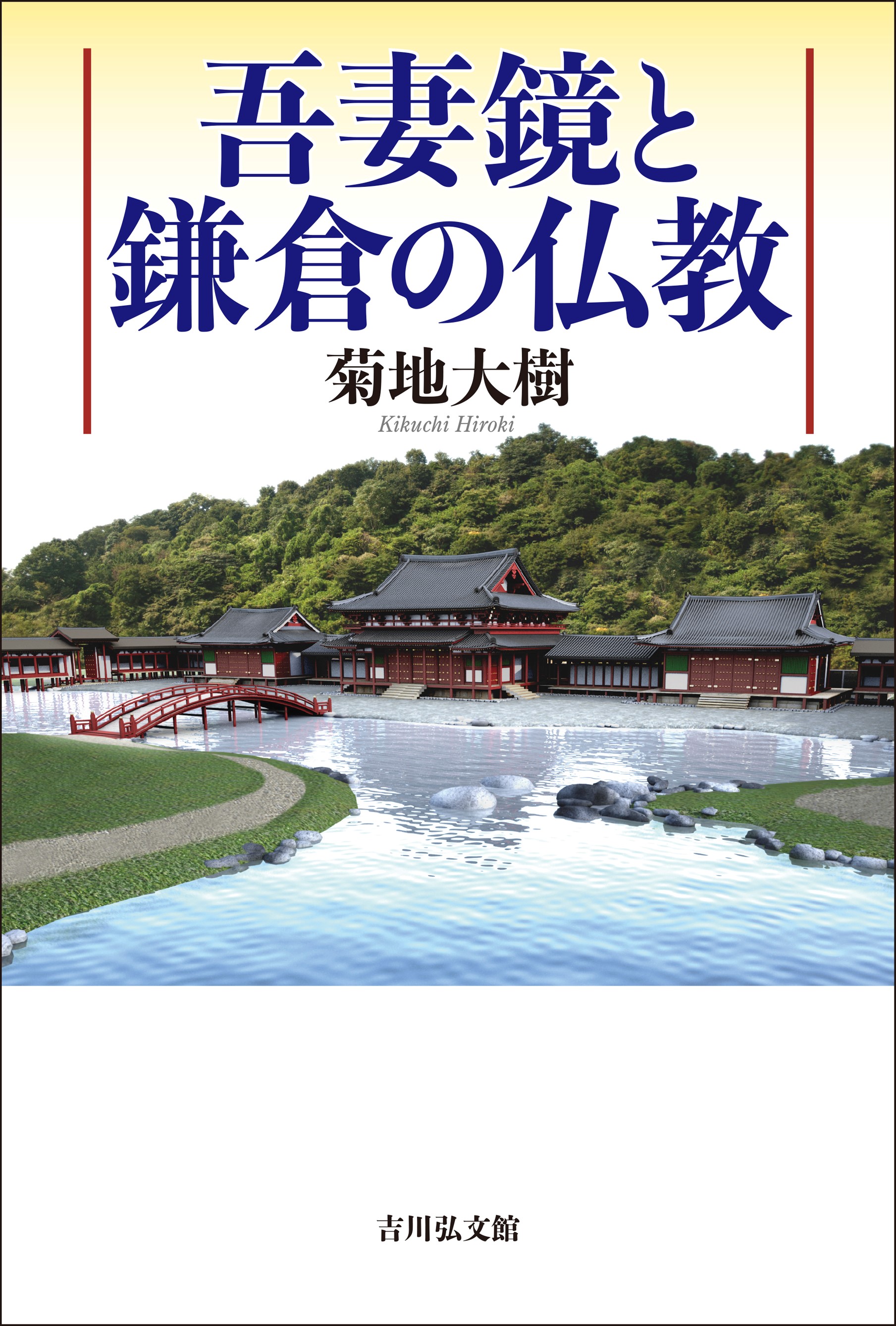
Title
Kodansha Gendaishinsho Nihonjin to Yama no Shukyo (The Japanese People and Mountain Cults)
Size
304 pages, paperback pocket edition
Language
Japanese
Released
July 15, 2020
ISBN
978-4-06-520620-1
Published by
Kodansha Book Club
Book Info
See Book Availability at Library
Japanese Page
Among the literature on mountain worship and its relationship with the Japanese people and Japanese culture, one finds numerous mountain classics that offer profound insights. Standing before this impressive range of “sublime peaks” erected by our forebears, I wondered what I could possibly add by conducting a fresh inquiry into mountain worship. This quandary formed the starting point to this book. After mulling the question over for some time, I decided that the most natural approach for me, as someone living a contemporary life, would be to recall some of my own encounters with mountains and to compose the text on that basis.
Still, another “massif” lay before me: as an academic devoted to the field of history, how should I look back into the past from the perspective of mountain worship, and what questions should I pose for the world of today? As I unpacked the literature, I noticed a common trend: many of the studies identify in mountain worship a foundation that transcends history by remaining unchanged since prehistoric times, and they depict this foundation in nostalgic terms, as a lost culture. Wearing my historian’s hat, I find it totally incredible that any creed could have remained static over such an expanse of time. Accordingly, I adopted a different approach: I decided to trace the unceasing evolution of mountain worship since prehistoric (genshi: ca. 10,000 BC – AD 300) and ancient times (kodai: 300–1185) in a way that hopefully has solid resonance with people today.
The first question I raise in taking this approach is whether mountain peaks were really held as absolute objects of cult. Having historically contextualized attitudes toward mountains, I then shift the focus to the importance of the world at the base of mountains. The hems of mountains were the locus of mountain aestheticism, which itself was heavily influenced by continental Buddhism. During the Heian period (794–1185), base camps emerged at the foot of mountains, and ascetics started challenging themselves to reach higher altitudes and deeper into the mountains. Some of them eventually started wintering in the mountain without descending to the foothills. Nonetheless, the locus of mountain worship never shifted away from the satoyama—the area of human settlement between the mountain and the plain.
With this locus providing a point of connection with settlements, mountain worship developed in medieval times (chūsei: ca.10c.–16c.) in close connection with the secular sphere. For this phase, I focus on how mountain worship became entangled with secular politics, from local elites to the imperial household, and on how mountain worship played a critical role in the development of the satoyama during the Muromachi period (1336–1573). In this way, I hope to challenge the conventional image of the mountain ascetic as a loner secluded in mountain recesses. For the final part of the book, I explore later developments that resonate with the recreational mountaineering of today. Examples from the early-modern period (kinsei: 1603–1867) include the Kaga Domain’s conquest of Mt. Tate (Tateyama) and the ascent of Mt. Yari (Yarigatake) by the venerable Banryū, both of which led, in their own modest way, to the emergence of mountain climbing as a sport. Additionally, writers from the Reverend Walter Weston to Kyuya Fukada established a mountaineering discourse that has opened up new ways of experiencing mountains in the 21st century. Examples include sankai (the idea of supernatural encounters in the mountains) and the yama gāru (“mountain girls”: young women who enjoy mountaineering while looking good).
This book is intended for general readers who have a broad interest in mountains. It is designed to be read for pleasure. At the same time, I quietly hope that the book will serve as a gateway to historical inquiry. To that end, I have tried to avoid straying from the craft of the historian, which includes corroborating my interpretations of historical sources and deploying historical thinking. I hope that those who pick up this book will discover a fresh perspective to savor as they walk the mountain trails.
(Written by KIKUCHI Hiroki, Professor, Historiographical Institute / 2021)



 Find a book
Find a book


